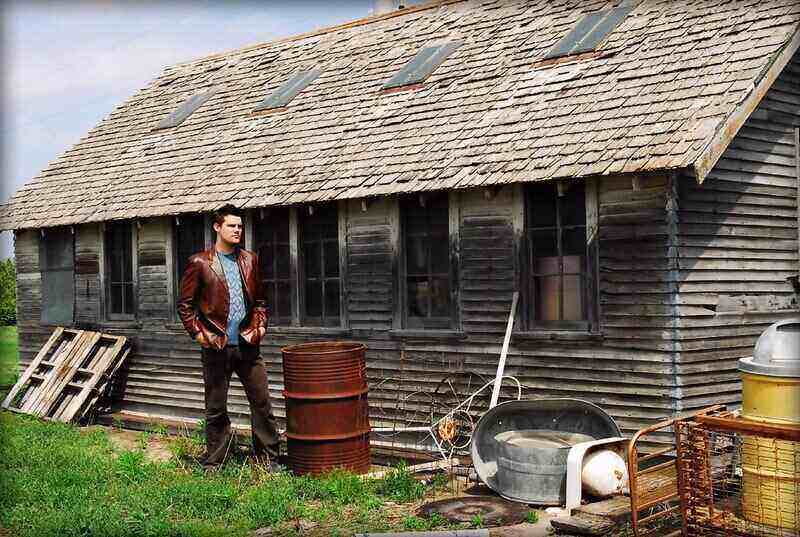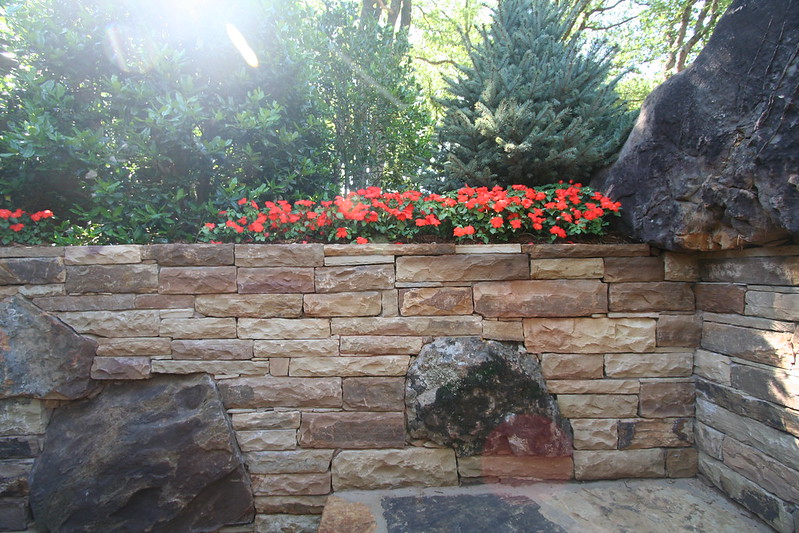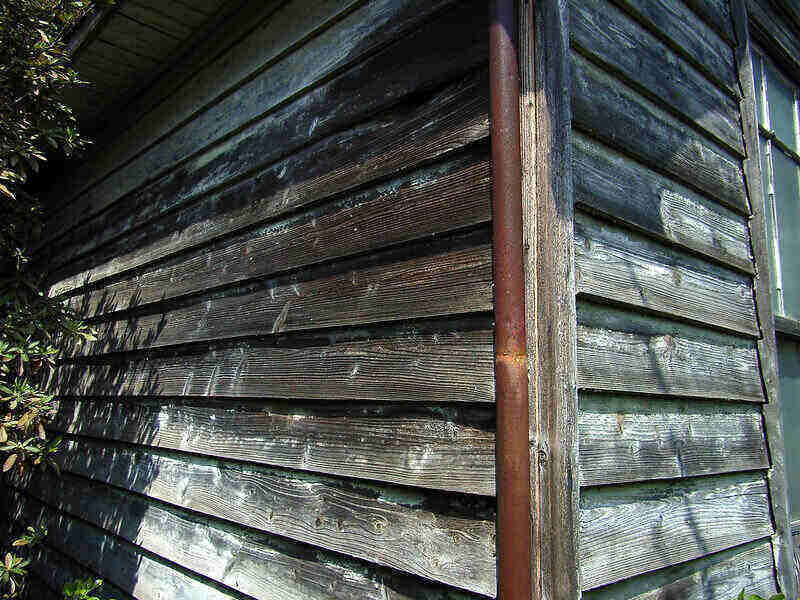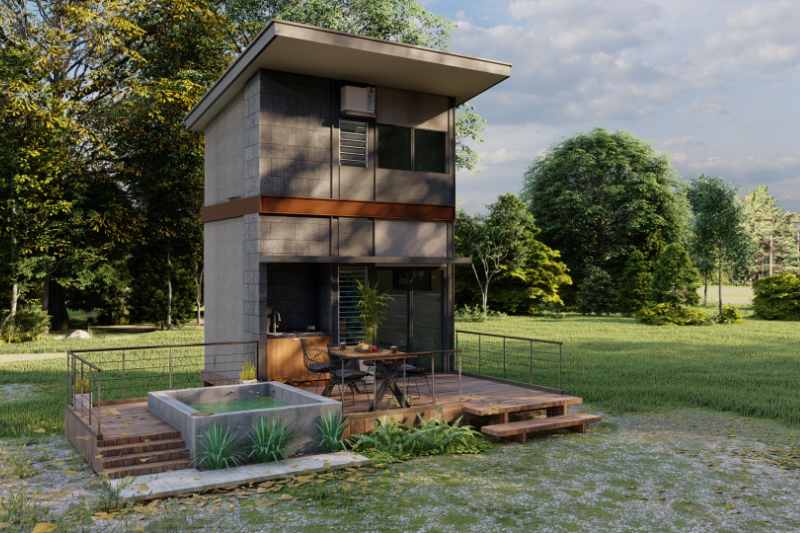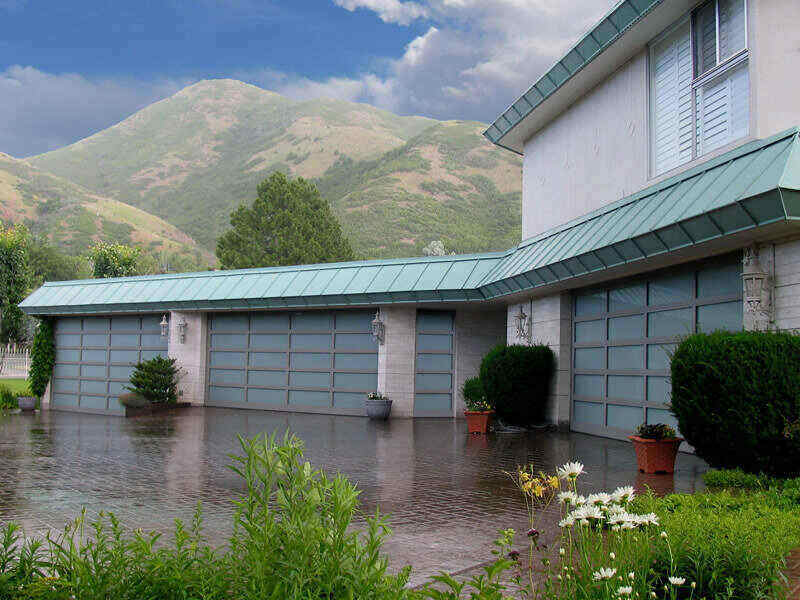The average cost to build a shed is $3,634, with most homeowners paying between $1,767 to $9,567 (or $20 to $175 per square foot). Small-scale shed-building projects can cost as little as $363. Large-scale shed projects with custom designs and high-quality materials average around $30,000.
Many factors influence shed costs, including the shed’s size, material, and construction. A tiny prefabricated shed for your tools will cost much less than a custom-built, spacious brick shed. A prefabricated kit is easy to install yourself, whereas you’d need to hire a skilled brick mason to achieve a custom brick shed.
Want to landscape around your new backyard shed with flower beds and walkways or increase its safety at night? Our pricing guide will shed light on those additional project costs.
How Much Does It Cost to Build a Shed?
- Average Cost: $3,634
- Typical Range: $1,767 to $9,567 (or $20 to $175 per square foot)
- Low End: $363
- High End: $30,000
The above prices are all national averages for building a shed. Most homeowners spend $3,634 to build a shed, with a typical range between $1,767 and $9,567 (or $20 to $175 per square foot).
Remember, many factors will affect your final bill. Hiring a pro to build a custom garden shed will cost much more than buying a kit from the local home improvement store. Large sheds will run up the bill, and even a poor location can impact the budget.
Cost Estimator by Size
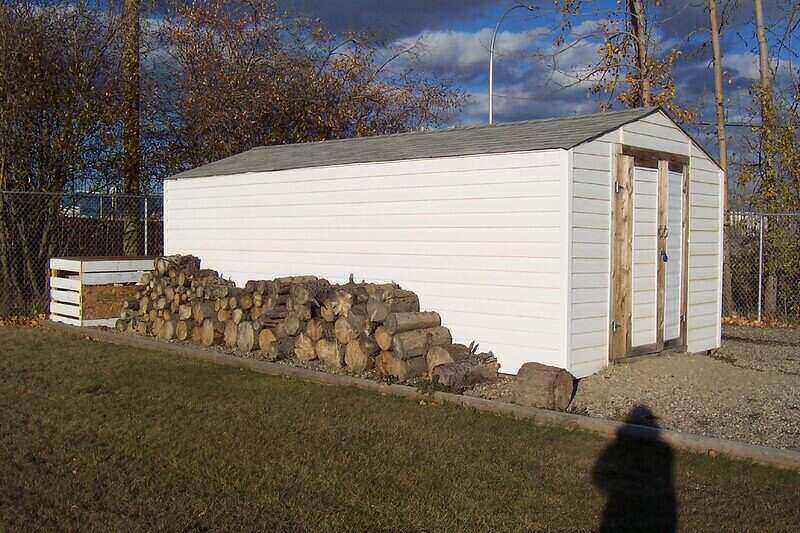
When budgeting for your shed-building project, an essential factor to consider is the size of the shed. The larger your shed, the more you can expect to pay for materials.
If you hire a professional shed builder, labor costs will also rise with shed size. Large sheds take longer to install, and most pros typically charge by the hour.
On average, a shed costs between $20 and $175 per square foot to build.
| SHED SIZE | TYPICAL COST RANGE |
| 6×4 (24 sq. ft) | $480 to $4,200 |
| 6×6 (38 sq. ft) | $760 to $6,650 |
| 8×6 (48 sq. ft) | $960 to $8,400 |
| 8×8 (64 sq. ft) | $1,280 to $11,200 |
| 8×10 (80 sq. ft) | $1,600 to $14,000 |
| 10×10 (100 sq. ft) | $2,000 to $17,500 |
| 10×12 (120 sq. ft) | $2,400 to $21,000 |
| 12×12 (144 sq. ft) | $2,880 to $25,200 |
| 10×16 (160 sq. ft) | $3,200 to $28,000 |
| 12×16 (192 sq. ft) | $3,840 to $33,600 |
| 10×20 (200 sq. ft) | $4,000 to $35,000 |
| 12×20 (240 sq. ft) | $4,800 to $42,000 |
Other Factors That Affect Cost
Size plays a critical role in the final bill for your shed, but there are many other cost factors to consider. For instance, how you intend to use the shed will dictate the shed’s size and whether you need electricity or insulation. Your preferred building material will also impact your budget.
Let’s take a look at how the following five factors can affect your project spending:
- Prefabricated Kits vs. Custom Design: Buying a prefab kit from the store and installing it yourself will cost you much less than hiring a pro to build a custom shed design.
- Labor: Professional installation isn’t free. Hire a pro to do the job for you or save some money and turn it into a DIY project.
- Building Material: Wood, brick, vinyl –– material prices will vary depending on the quality.
- Intended Use: Building a small garden shed for your tools will likely cost you much less than a large shed to be used as a workspace.
- Land Preparation: A backyard shed won’t stand tall on bumpy land. Before you build, you might need to reslope the terrain.
Prefabricated kits vs. custom design
Prefabricated kits
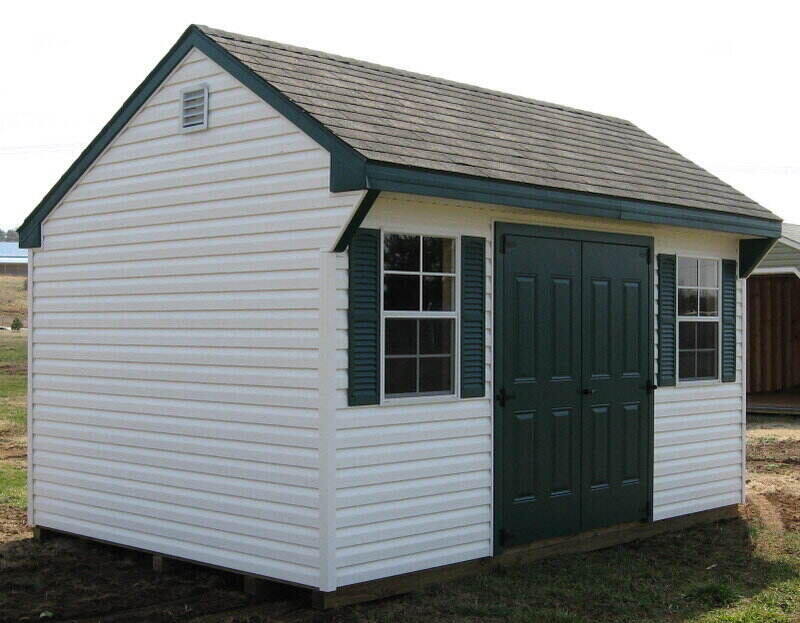
Shopping on a budget and want an easy installation process? A prefabricated shed kit might be your best option. On average, homeowners spend between $1,500 and $5,000 for a prefabricated shed kit.
What to expect: A prefab kit contains a shed’s separate parts, such as the windows, roofing, and walls. The kit also comes with helpful instructions on how to install the shed yourself.
To install a prefabricated shed kit, you need to feel comfortable with your skill with tools. Here’s why: If you don’t know what you’re doing and make a mistake, you might injure yourself or even ruin your shed.
Two alternative options include hiring a pro to install the kit for you or having a pre-assembled kit delivered to your home.
Pro Tip: Keep in mind that not every shed comes with a foundation. If you want your kit built on a foundation, such as a concrete slab, a pro can help with installation.
Custom design
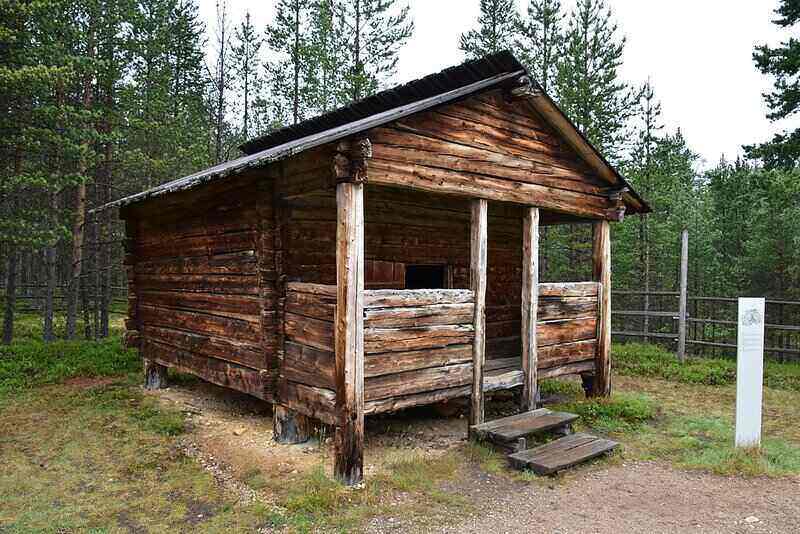
A custom-built shed is an excellent option for homeowners who want an intricate design or one-of-a-kind shed (such as a trendy she shed). Remember that custom sheds are often expensive, as you have to pay for all the raw materials, labor, and shed plans.
Labor
Building a shed isn’t at the top of everyone’s DIY list. Whether your shed is a custom design or prefab kit, hiring a professional for the project can bring peace of mind. Most homeowners can expect to pay between $50 and $100 per hour in labor costs.
Building material
As you plan your shed-building project, you’ll discover there are many different shed materials. The four most common shed materials are brick, wood, vinyl, and metal.
Cost estimates vary depending on the material’s quality. Brick is typically the most expensive material of the four.
Brick
When you install a brick shed on your property, you know it will last for years. Brick is a long-lasting, easy to maintain, fire-resistant, and highly sustainable building material.
Despite outstanding qualities, brick sheds can be expensive to install, sometimes costing as much as $30,000. Brick sheds aren’t as common as wood, vinyl, and metal sheds, so you’ll need to find a builder with experience laying brick. Otherwise, you risk losing money on the project if you hire an inexperienced bricklayer.
Wood
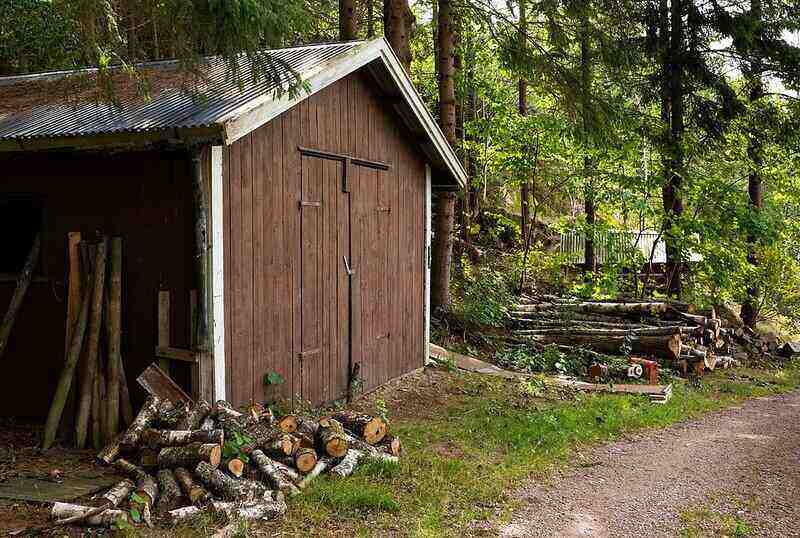
A wooden shed brings a warm, natural aesthetic to the landscape. Wood is much more affordable than brick, and it offers easy customization, too. Add a window there, a door here –– your wooden shed can easily change with your needs.
Wood also features beautiful tones, textures, and scents you can’t find with other shed building materials. If you have a favorite color, you can paint your shed’s wood whenever the mood strikes.
Keep in mind that wood does have its drawbacks. Wood is susceptible to insect activity, rot, and moisture, making it a high-maintenance material for your shed.
Vinyl
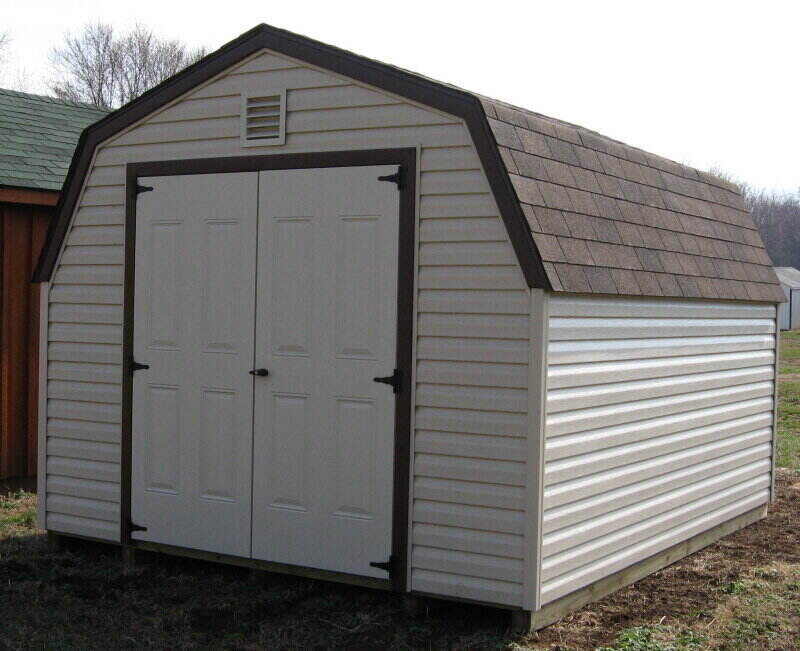
Vinyl is a popular wood alternative. It replicates wood’s texture while also avoiding several of wood’s weaknesses, like rot, insects, and moisture damage. While many homeowners prefer vinyl for its low maintenance, you may opt for wood for its natural aesthetic.
Metal
If you like vinyl for its rot and insect resistance, you might like metal, too. Metal is a low-maintenance material that generally lasts longer than wood.
On the other hand, metal sheds are not as stable as other building materials. If you live in an area with heavy wind and snow, a metal shed may not be ideal.
Intended use
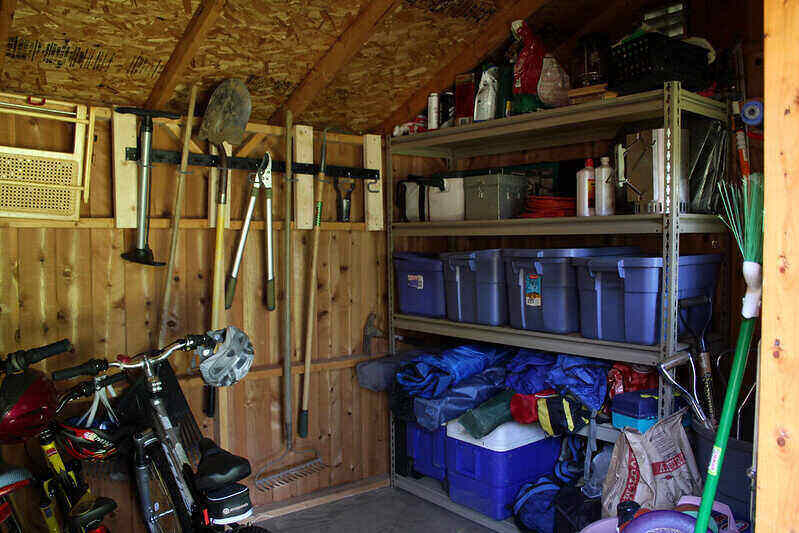
How do you plan to use your shed? The purpose of your shed will have an impact on your total costs. If you need a storage shed for your garden tools and lawn equipment, it’s easy to downsize the project and save on costs.
Are you using the shed as storage space for bicycles, furniture, or old family photos? Then you might need to increase square footage and invest in a building material that isn’t susceptible to water damage.
If you’re planning to turn your shed into a she shed, prepare to spend some extra cash on insulation, plumbing, or electricity. Electricians typically charge $44 to $100 per hour, and plumbers usually charge $45 to $150 per hour. Insulation costs will vary depending on the type you install.
Land preparation
The last thing you want to do is build your shed on uneven ground. Your shed needs a solid foundation if it’s not going to collapse on your head. If the site where you want to build your shed is hilly or sloped, you’ll need to hire a pro to grade the land.
Many factors influence the cost of land grading, but most homeowners can expect to pay $1 to $10 per square foot.
Extra Services
You may be worried about how a new shed will affect your existing landscape or hardscape. What if the shed sticks out like a sore thumb?
The good news is that your shed can be an attractive focal point. With a little bit of landscaping and some new flowers, you can make your shed blend seamlessly into your yard. After all, you’ve invested a large chunk of change in your shed –– you might as well make it look nice!
Flower beds
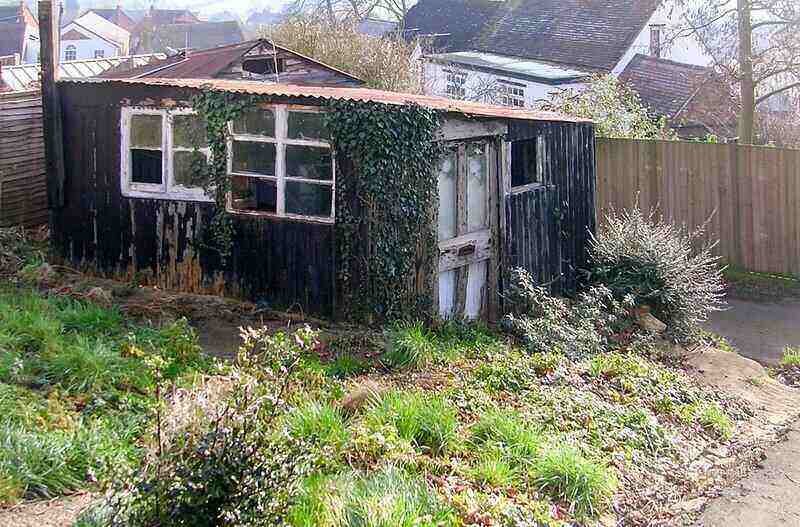
Help your shed harmonize with the landscape by planting flower beds along its edges. The flower beds will cover up any cracks or blemishes on the foundation and give your shed a charming appeal. Remember to decorate with some of your favorites, like black-eyed Susans, ornamental grasses, or purple coneflowers.
Professional flower bed installation costs between $650 and $3,000 on average, depending on the flowers planted and the bed’s size.
Pathways
If you’re planning to make several trips from the garden to your shed, building a pathway can help protect your grass from the repeated foot traffic.
Pathways are also visually appealing and can direct the eyes to your wonderfully decorated shed.
Expect to pay between $8 and $22 per square foot for pathway installation.
Patio and decking
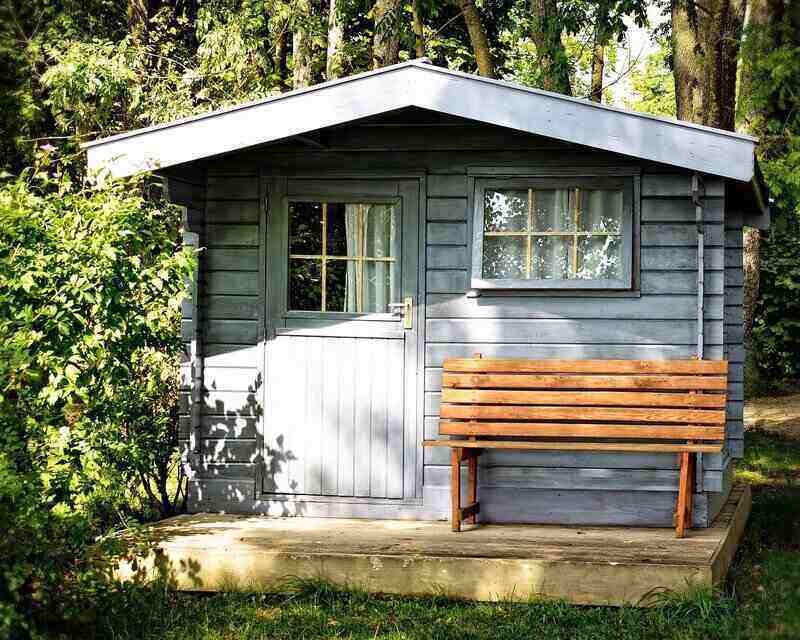
Not only can your new shed be a focal point, but it can be an outdoor-entertaining area too. Install a small deck or patio around your shed, prop up some chairs, and hang a few string lights to achieve a cozy outdoor atmosphere.
Building a deck usually costs between $22 and $48 per square foot, and a patio typically costs $8 to $20 per square foot.
Outdoor lighting
Walking to and from your shed should feel safe at night. Install a few outdoor lights so you can see the path and watch your step.
Outdoor lighting is also a great way to highlight your landscape features after the sun goes down. Add a few lights around the flower beds to show off your favorite blooms, and add some lights to the shed to accentuate its architecture.
On average, outdoor lighting costs $188 to $325 per light for the lights themselves and the labor it takes to install them.
DIY vs. Hiring a Professional
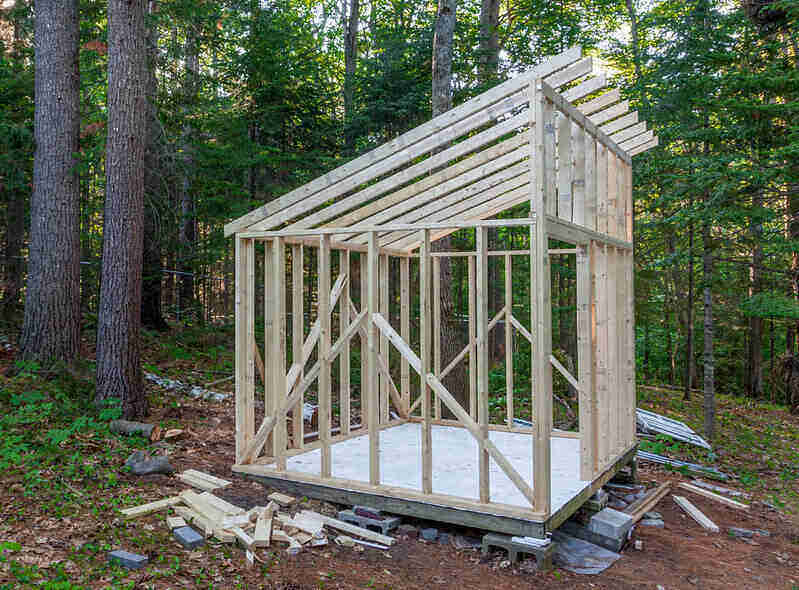
Building a DIY shed is an advanced home improvement project. Although kits come with instructions, the process can still be challenging. You’ll have to prepare a foundation, install the walls and windows, and even add shingles to the roof.
Keep in mind that construction for a custom shed is more complicated than a prefabricated shed. A prefab shed comes with instructions and measured materials. With a custom design, you start from scratch –– you need to make all design plans and measurements yourself, and you need to ensure your design meets safety standards.
Many homeowners may prefer to hire a local professional when it comes to their new shed. Expect to pay $50 to $100 per hour in labor costs.
Cost of Sheds Across the U.S.
All shed prices listed in this cost guide are national averages. Prices for labor, material, and shed kits are likely to vary on a local scale. Professional installers in your region will likely adjust their labor rates depending on local demand.
FAQ About Sheds
Whether you need a permit to erect a she shed depends on where you live.
Always do your homework before you build. It’s your responsibility to determine whether local building codes require a permit to build a shed.
In most cases, small sheds do not require a building permit, but large sheds typically do.
Many sheds have a concrete slab as a foundation, but not all. There are several foundation options, including gravel, pavers, and lumber.
Remember, not all shed kits include a foundation, so be sure to read the fine print. Shed kits made of plastic walls and a roof often include segments that fit together as a plastic floor.
Yes, you can move or relocate an old shed, depending on the material from which your shed is made. Moving a brick shed will be a lot more difficult than relocating a vinyl shed, for example.
Sometimes moving a shed becomes necessary due to flooding or landscape changes.
Conclusion
A shed can be a great asset to your home –– and your backyard! Use your shed to store your lawn mower and tools, as a space to pot your plants, as a home office, or as your workshop. And adding flowers and other landscaping improvements can make your shed a focal point instead of a boxy storage space.
Building a shed costs most homeowners $3,634 (or $20 to $175 per square foot). But remember –– leave room in the budget because the cost of a shed typically ranges from $1,767 to $9,567. Depending on the shed’s design and construction, you might pay as low as $363 or as high as $30,000.
Main Photo Credit: Tonniedixon / Wikimedia Commons / CC BY-SA 3.0
